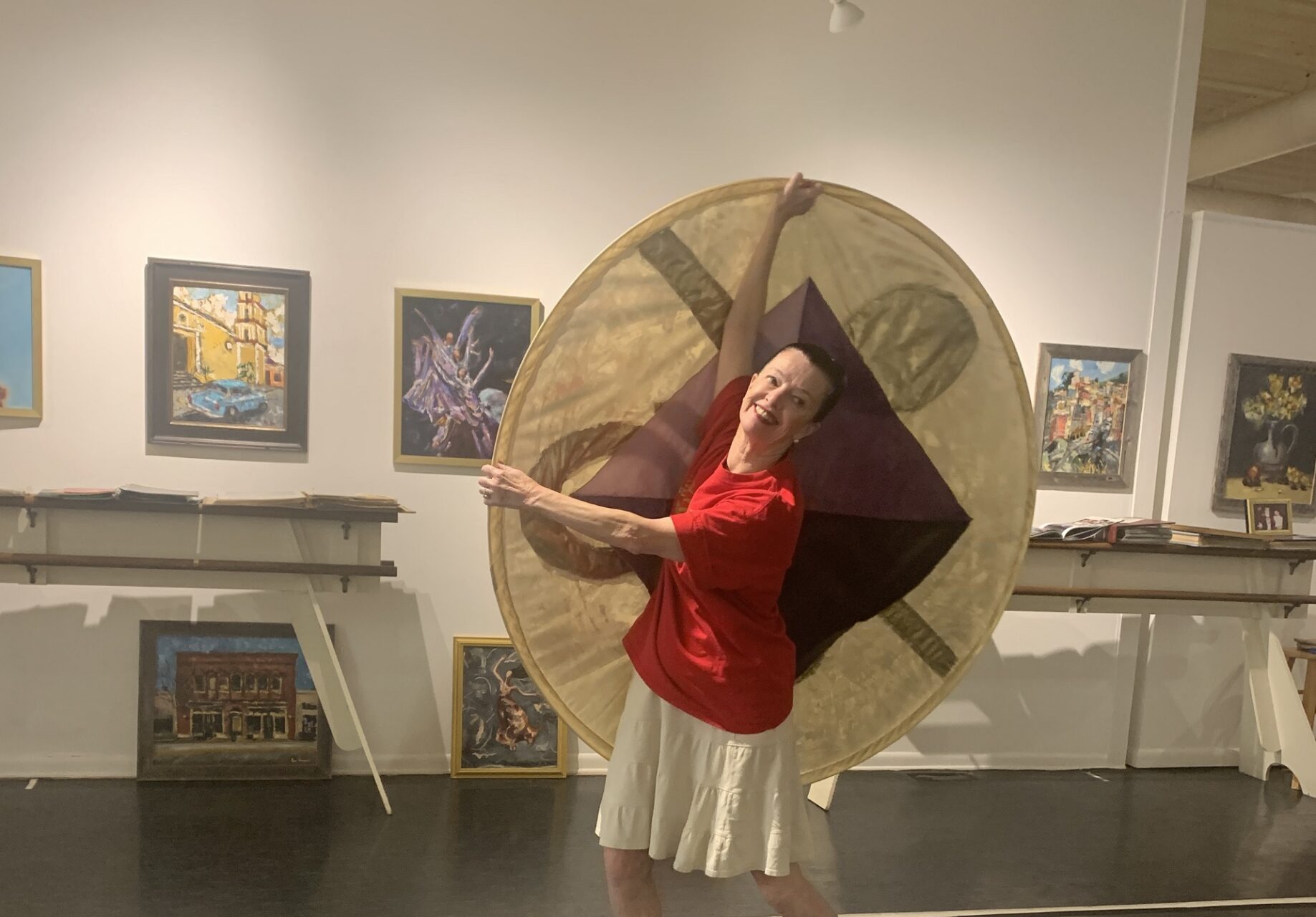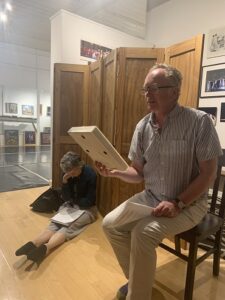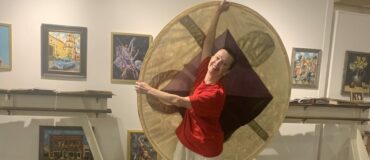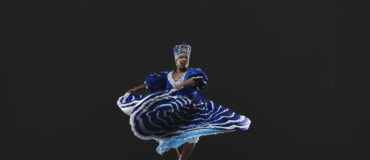By Yvette Ramirez
Yvette Ramirez is a 2021 Dance/USA Archiving & Preservation Fellow. Her Fellowship ran from June-August 2021 and was hosted remotely by DanceATL. Read more about the Fellowship program here. This is the second of three parts of Yvette’s blog. Read the first post here.
January 5: Fellowship Reflections, Part 2
When I first spoke to DanceATL Archival Committee member Douglas Scott, the impetus behind the Pioneers in Atlanta Dance Oral History Project was clear. This community oral history project was to preserve the first person voice of individuals who have set the foundations of Atlanta dance. Long before the threat of COVID-19, this was something he as well as others at DanceATL had thought deeply about. One example of their efforts was the creation of the Pioneer of Atlanta Dance award at Modern Atlanta Dance Festival (MAD) which has honored dance luminaries like Ruth Mitchell, Mozel Spriggs, Lee Harper and Virginia and Bobby Barnett among others. As we spoke about potential narrators for the project, names mentioned included those who had trained under them and had since opened up their own dance companies or schools, becoming dance leaders in their own right. Dancers, choreographers, educators, dance writers and administrators, they all made up the Atlanta dance community.

Oral history set-up at Lee Harper & Dancers
Thinking of connections and network pathways, as echoed in my previous blog post, oral histories can tell us anecdotes and reveal nuances while also translating introspection. I am reminded of this quote from Lesley Farlow, formerly of the Jerome Robbins Dance Division of the New York Public Library: “Dance is an essentially oral tradition, passed from body to body.” My Dance/USA Fellowship has since prompted me to consider the following questions: how do we consider movement in oral history work with dance or performance? What does this mean for a community-oriented archive as the one DanceATL seeks to create? Dance of course has been an art form primarily captured via moving image, which is ultimately a costly medium to preserve and store.
We had the opportunity to conduct in-person interview sessions with the legendary Lee Harper, director of Lee Harper & Dancers. Thinking about form during the interview process, I invite you to consider the following, which I found factors to further consider in the design of a community oral history project that centered dance/performance.
- With DanceATL’s archival committee, we had come to a consensus of what would be the main themes of all interviews conducted under the Pioneers in Atlanta Dance Oral History Project by creating a memory/topic map: General background, Dance training & mentors, Atlanta, Professional dance affiliations, and Legacy. This map ensured consistency in line with the overall project focus as well as a beginning, middle, and end that flows together in a logical way. However under these broader themes, interviewers can develop their own open-ended questions. Entering an interview with a fixed set of questions can most often limit the scope of the conversation and cut it off from where it can organically go.
- While I assisted with the technical and logistical set-up, the archival committee of DanceATL primarily guided the interviews. As part of the Atlanta dance community via their respective creative practices, respectively they had already formed relationships with the narrator. This meant the interview took the form of an intergenerational exchange where the sharing of memories and anecdotes became more of a collaborative process. Questions not only centered on life history but also explored areas of much relevance to the dance world today. How does an artist survive economically? How to pay your dancers? How did you find rehearsal space? Having interviewers from the same dance community as the narrator made a difference and, at least for a geographic-centered project like this one, should be a factor to consider when scheduling future interviews. Of course, other factors such as shared identities should also be taken into account when considering interviewer-narrator groupings.

Members of DanceATL archival committee at oral history interview
- What happens to oral histories that are approached as dances or when they are literally danced? What does it mean to capture the physical expressiveness of the narrators? As we conducted the interview sessions in her studio, the narrator felt comfortable to physically demonstrate dance movements or bring out old photographs, letters, and even costumes for their company’s participation in the Atlanta 1996 Olympic opening and closing ceremonies. During the first session, we were caught off guard as the interviews were conducted via audio recording. Ultimately we recorded said moments with my iPhone camera to include this as part of our overall documentation. Going forward, I would make this a role for the person in charge of documentation during the interview.
- With physical expressiveness, annotation descriptions for the audio recording were something we also organically added. Thinking of the transcription of the interview, this was a way to help inform the future listener of what was taking place during moments of silences or gaps. As I think about annotations as an extension of metadata, this makes me think of fellow cohort member Sarah Nguyễn’s crucial work with people-first language and how to incorporate the language dancers with different disabilities use to interpret movement onto their own bodies.

Narrator Lee Harper demonstrating dance movements during her oral history interview.
Working with movement-based artists can contribute tremendously to the broader oral history practice and has opened considerations I have never thought about. One question I am left with however is how these more discipline-specific practices can take place remotely? One guide that was tremendously helpful to get me started was the Oral History Association’s decision tree (found here) which served as a guide to determine whether in-person or remote interviewing was most appropriate and then, if remote, whether the subsequent interviewing platform should be web-based, landline, or mobile phone. Created due to COVID-19 by OHA’s Remote Interviewing Resources Task Force in 2020, this guide offers us the opportunity to fully deepen the remote experience, especially should health, mobility, or other concerns make an in-person interview challenging. I look forward to seeing how oral history related to dance and performance is further deepened even in a digital, remote environment.
Photos by Yvette Ramirez
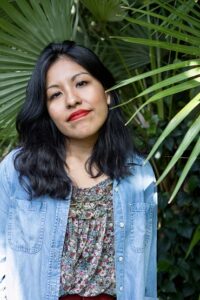 Yvette Ramírez is an arts administrator, oral-historian, and archivist from Queens, NY. She is inspired by the power of community-centered archives to further explore the complexities of information transmission and memory within Andean and other diasporic Latinx communities of Indigenous descent. Her archival practice is rooted in recordkeeping practices that embrace a hyperlocal and liberatory praxis especially when working with identity-related collections. With nearly a decade of experience as a cultural producer, Yvette has worked alongside community-based and cultural organizations such as The Laundromat Project, PEN America, Make The Road New York and New Immigrant Community Empowerment. Currently, she is an MSI candidate in Digital Curation and Archives at the School of Information at The University of Michigan and currently works at the University of Michigan Library’s Digital Preservation Unit.
Yvette Ramírez is an arts administrator, oral-historian, and archivist from Queens, NY. She is inspired by the power of community-centered archives to further explore the complexities of information transmission and memory within Andean and other diasporic Latinx communities of Indigenous descent. Her archival practice is rooted in recordkeeping practices that embrace a hyperlocal and liberatory praxis especially when working with identity-related collections. With nearly a decade of experience as a cultural producer, Yvette has worked alongside community-based and cultural organizations such as The Laundromat Project, PEN America, Make The Road New York and New Immigrant Community Empowerment. Currently, she is an MSI candidate in Digital Curation and Archives at the School of Information at The University of Michigan and currently works at the University of Michigan Library’s Digital Preservation Unit.
____
We accept submissions on topics relevant to the field: advocacy, artistic issues, arts policy, community building, development, employment, engagement, touring, and other topics that deal with the business of dance. We cannot publish criticism, single-company season announcements, and single-company or single artist profiles. Additionally, we welcome feedback on articles. If you have a topic that you would like to see addressed or feedback, please contact communications@danceusa.org.
Disclaimer: Opinions expressed in guest posts do not necessarily represent the viewpoints of Dance/USA.
